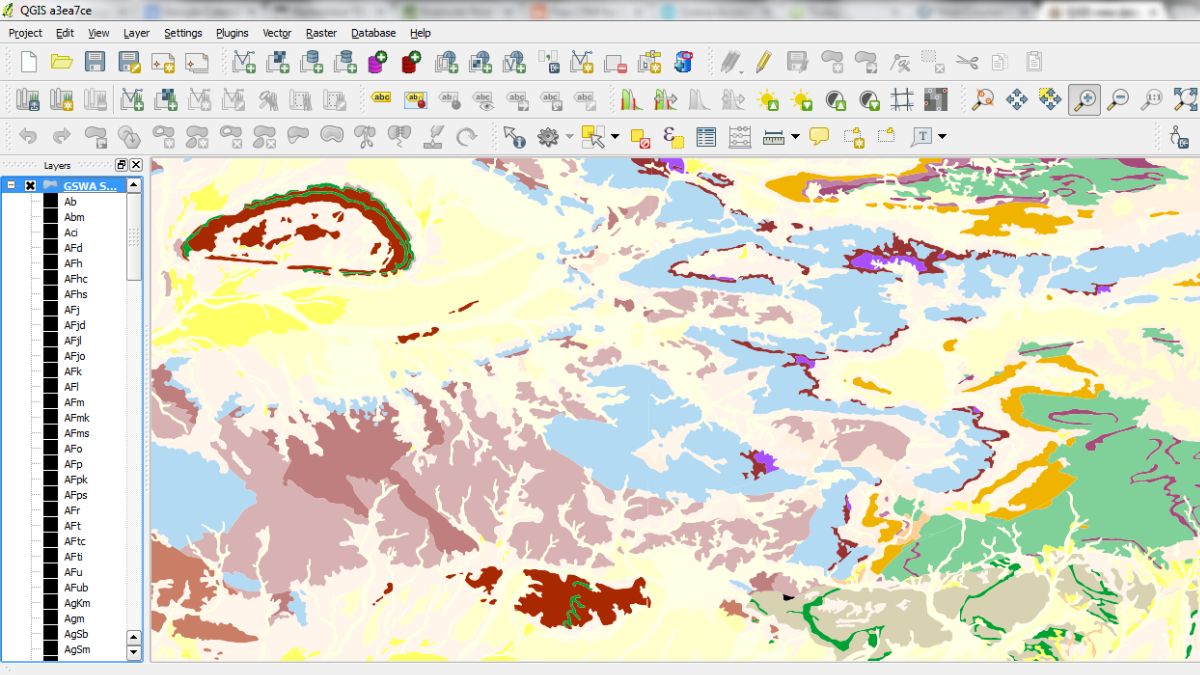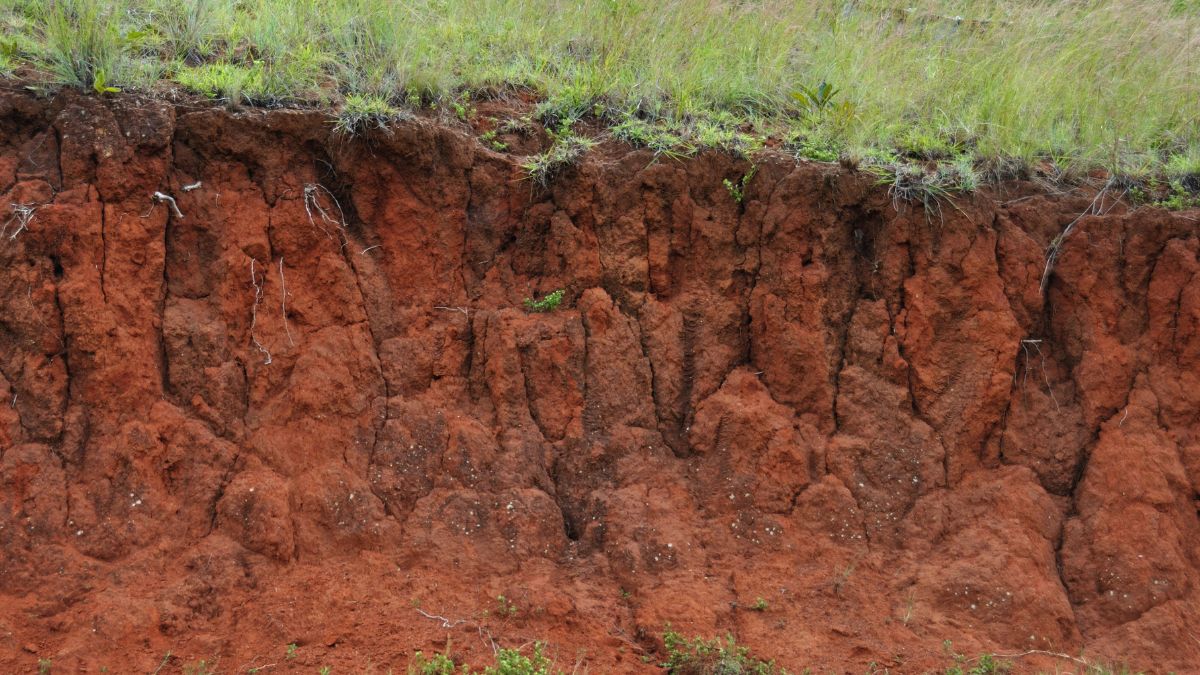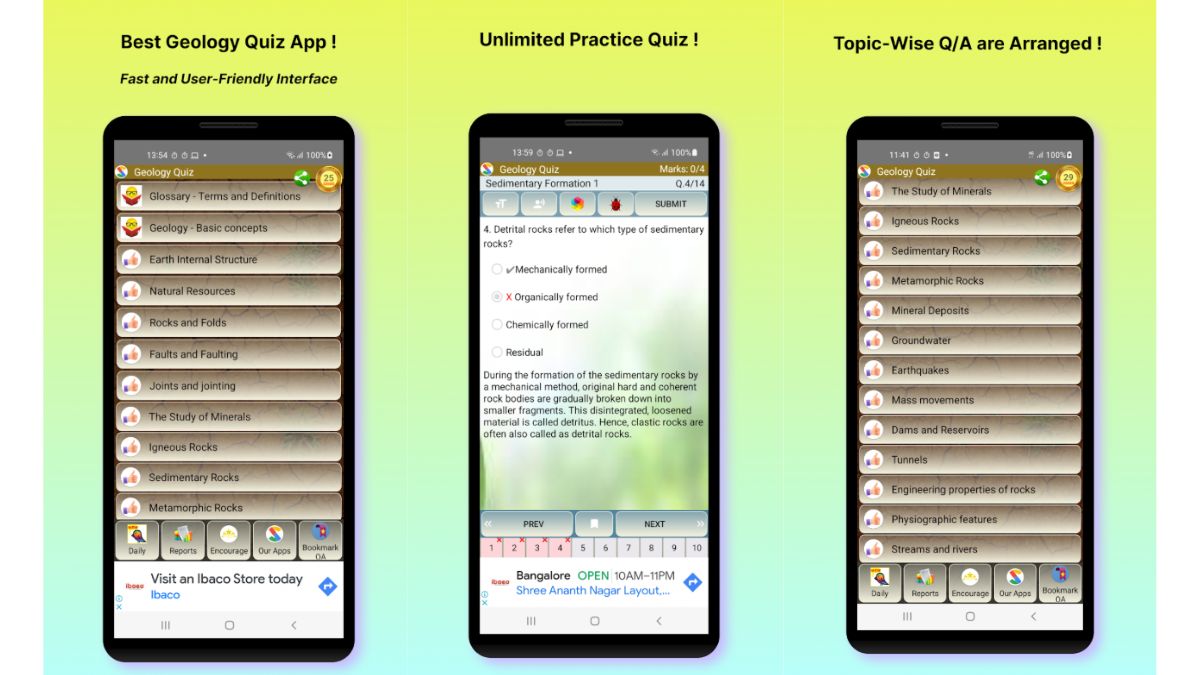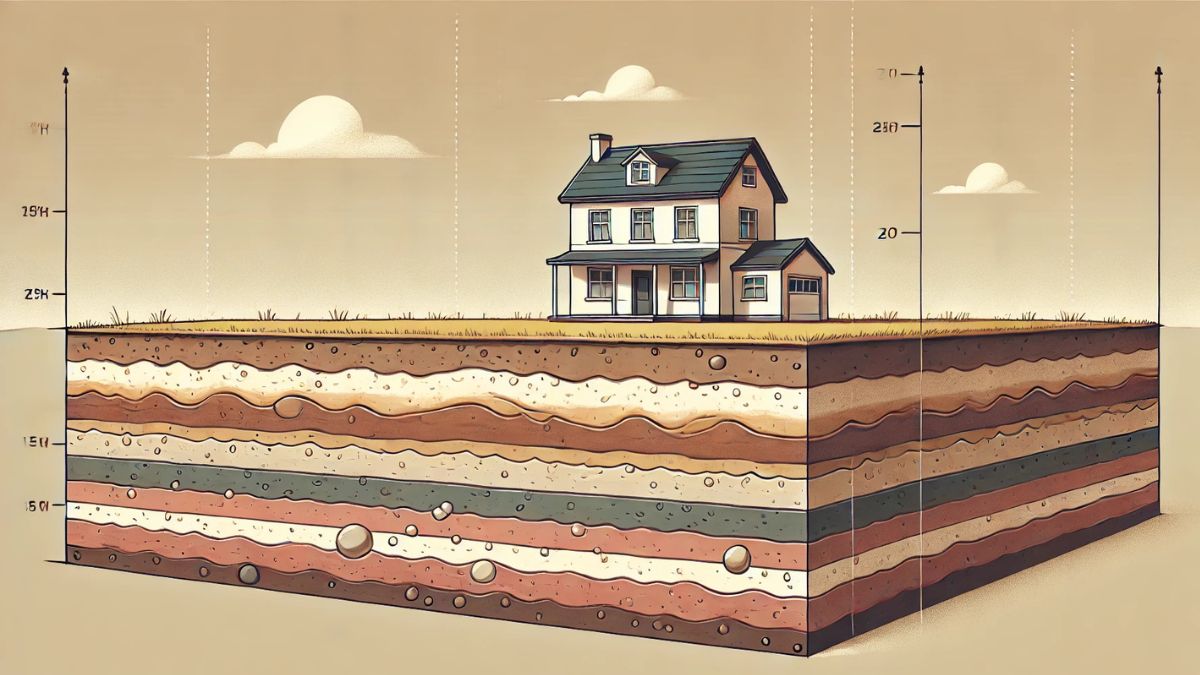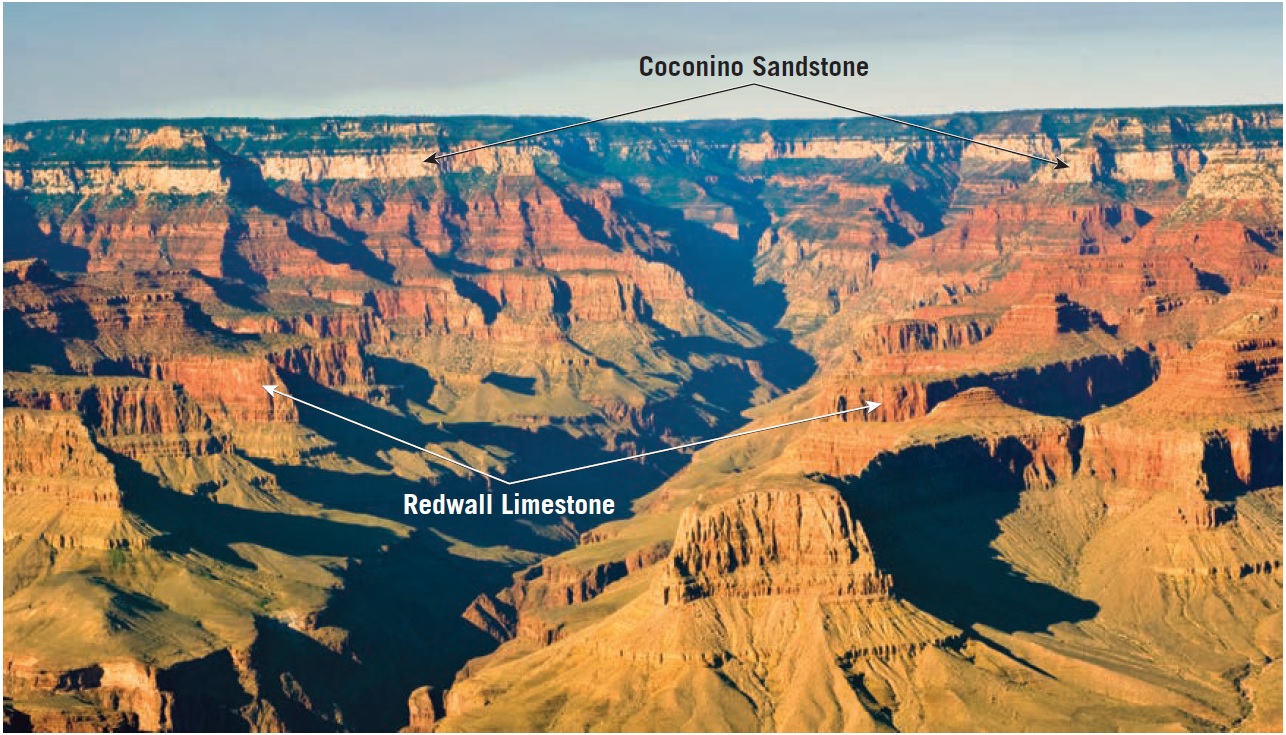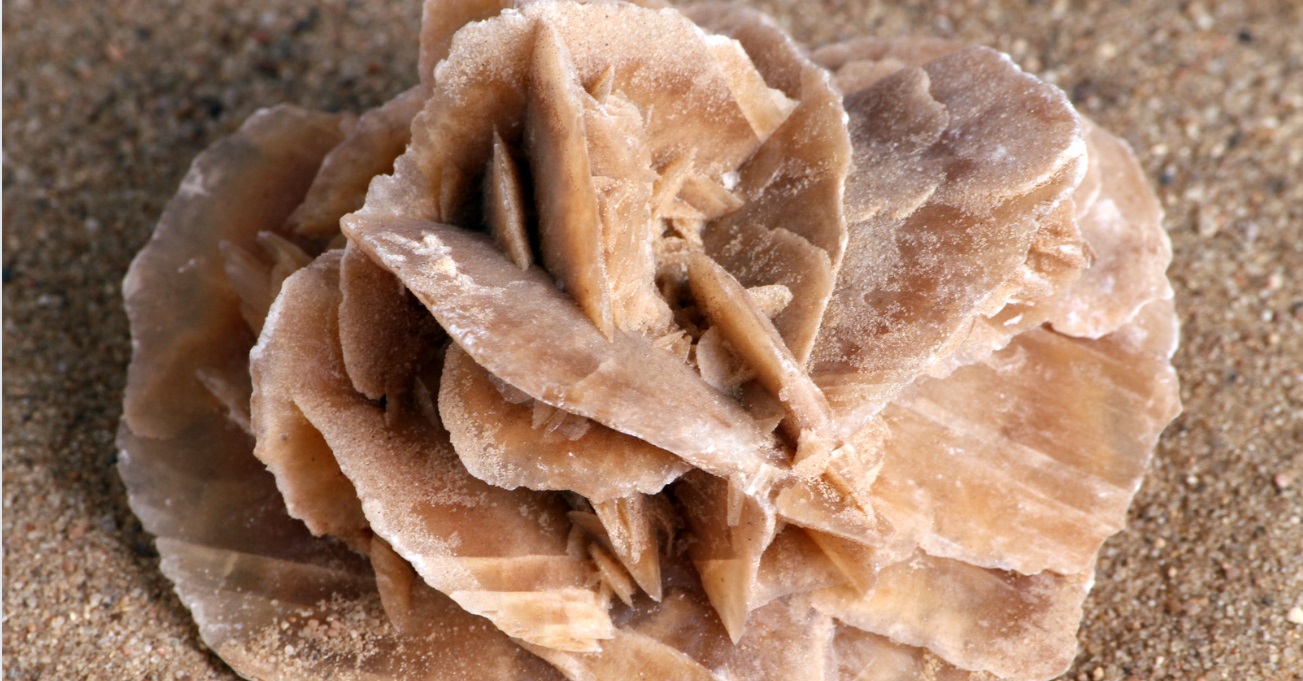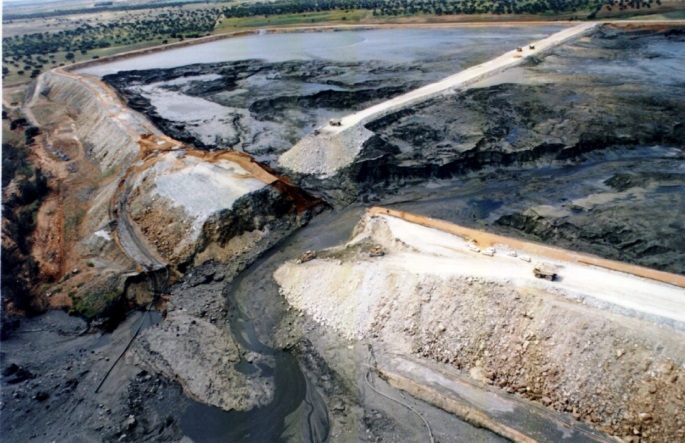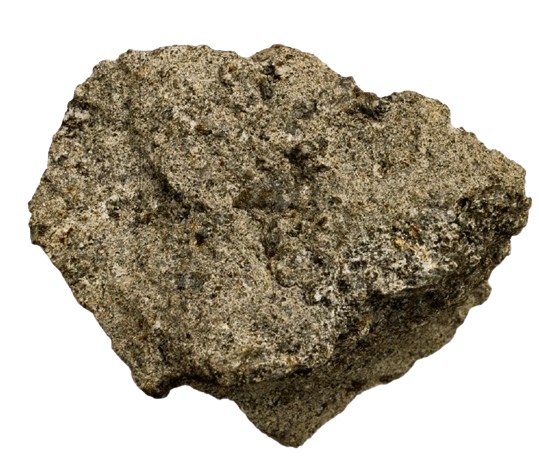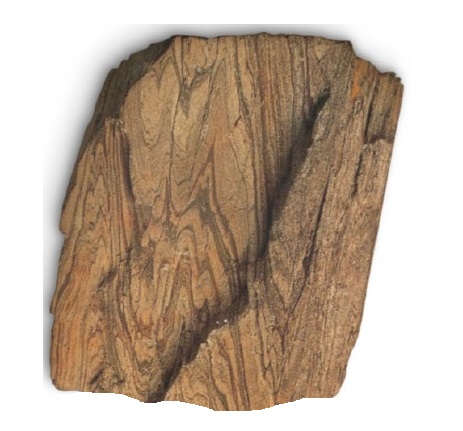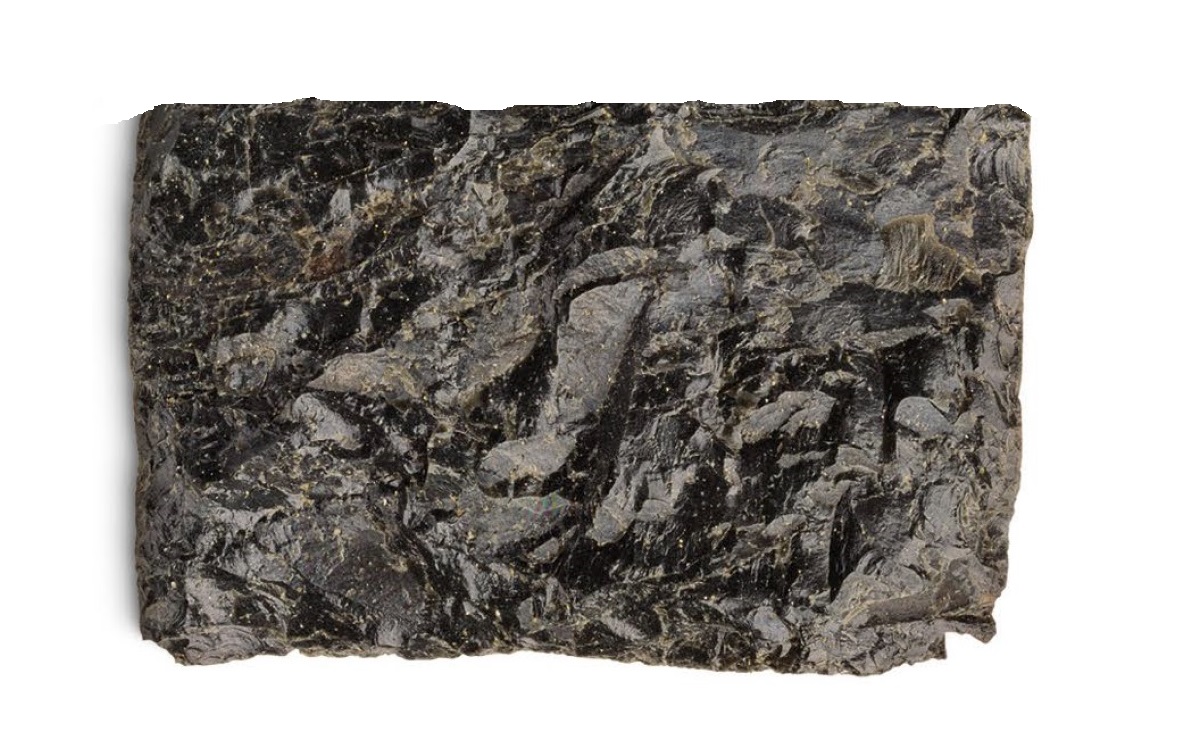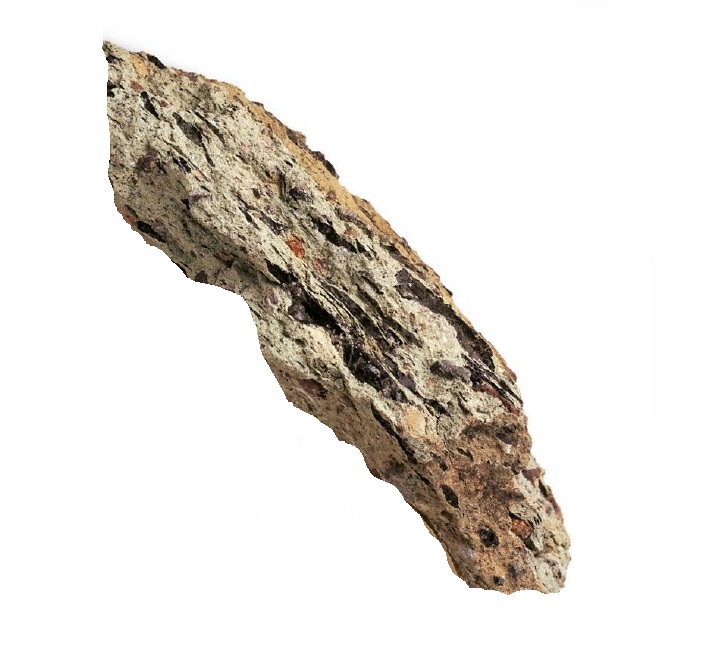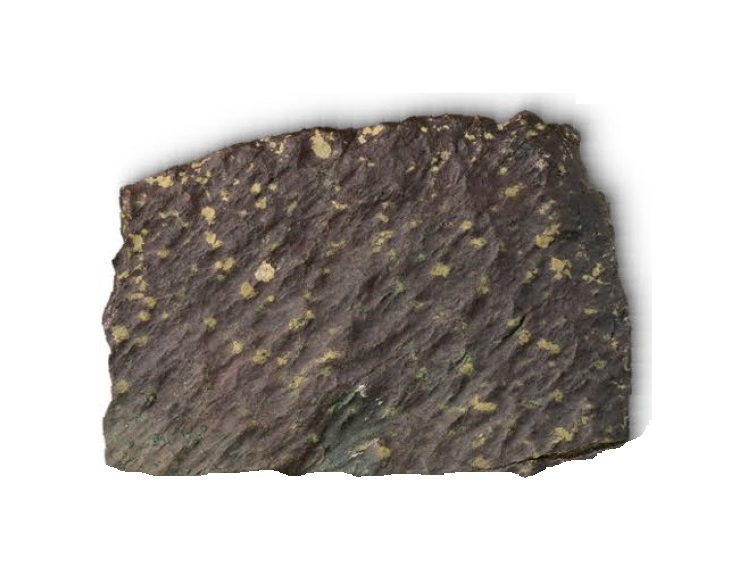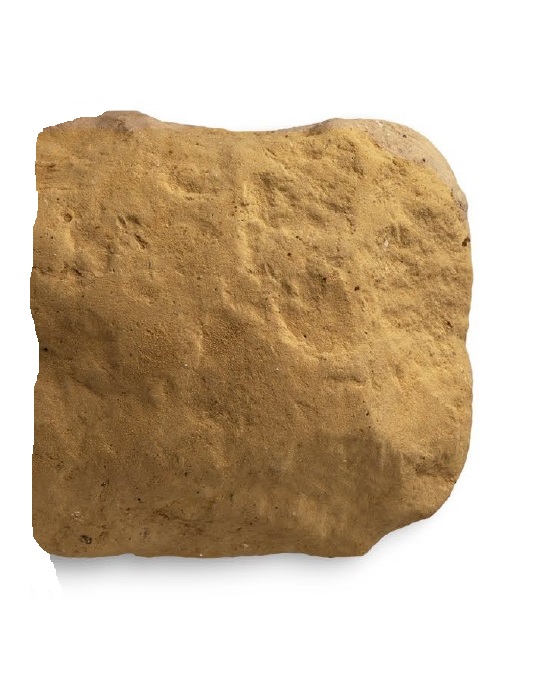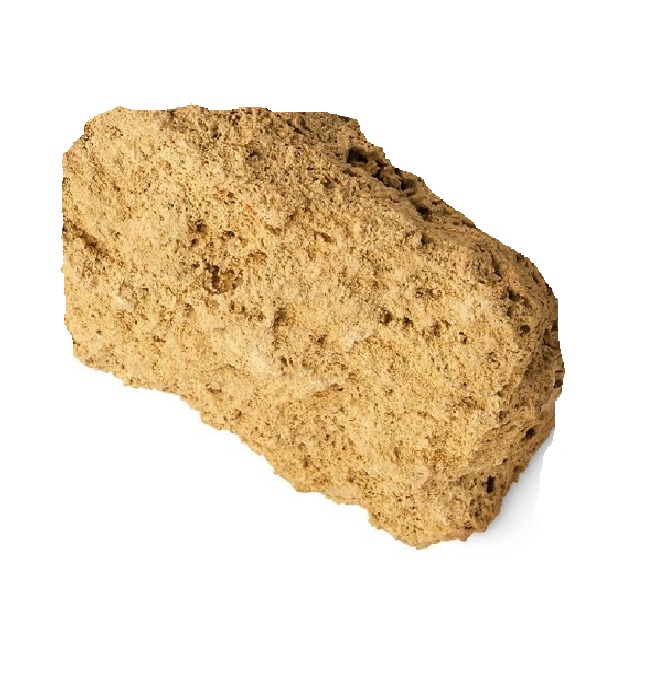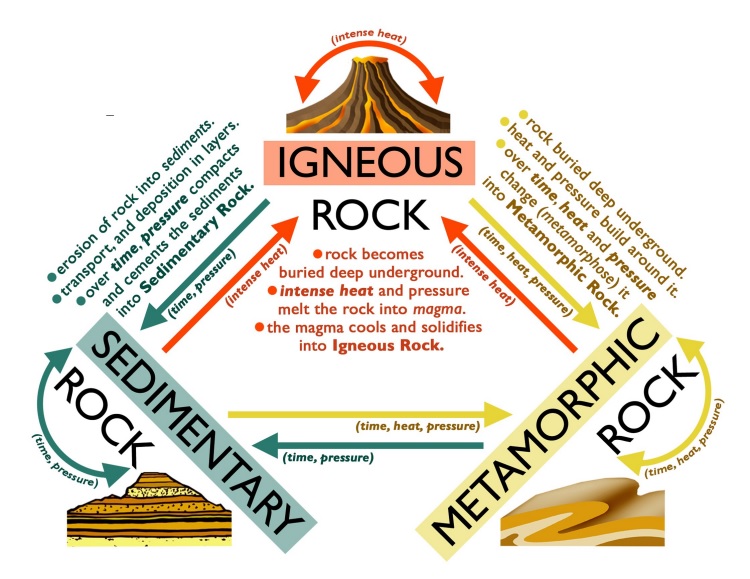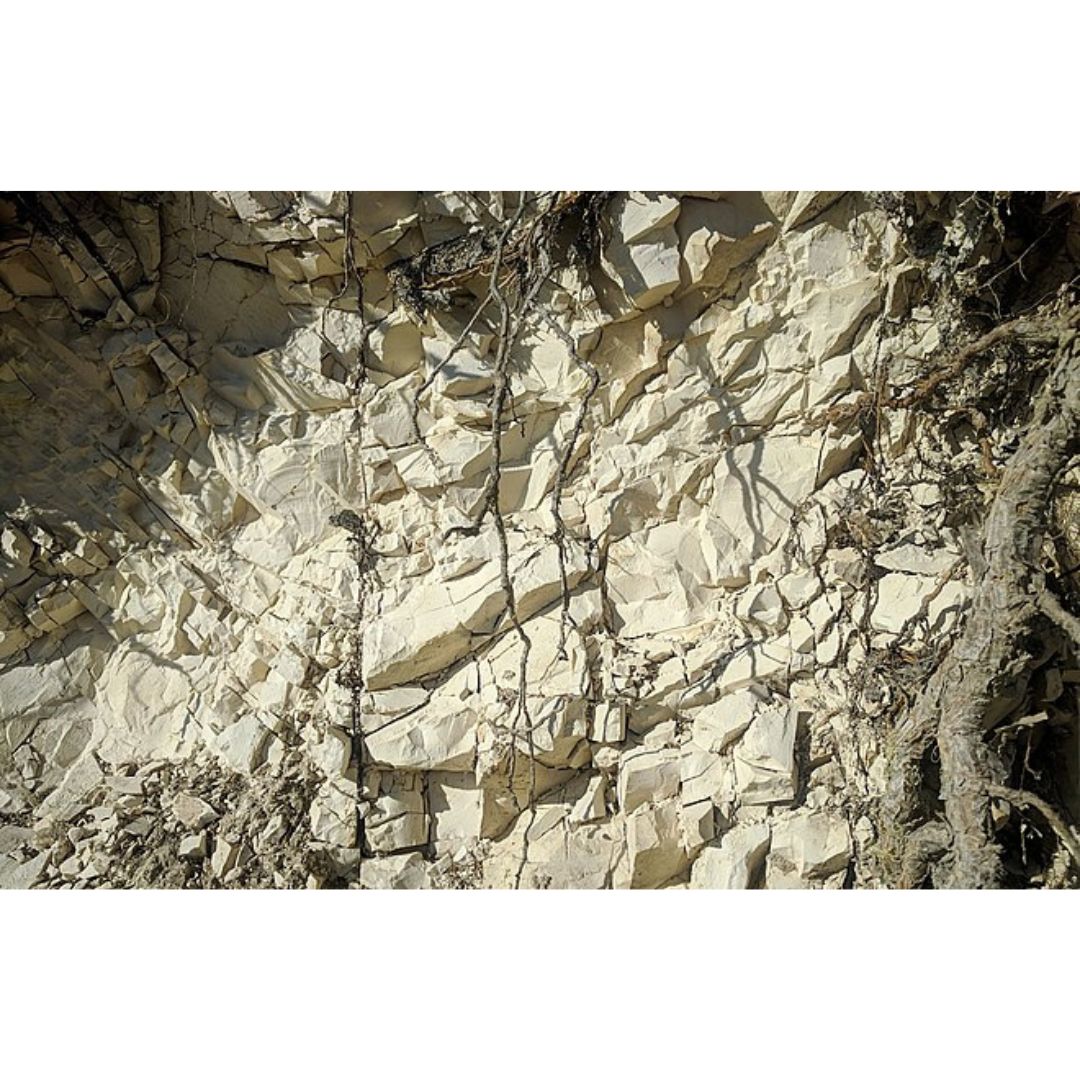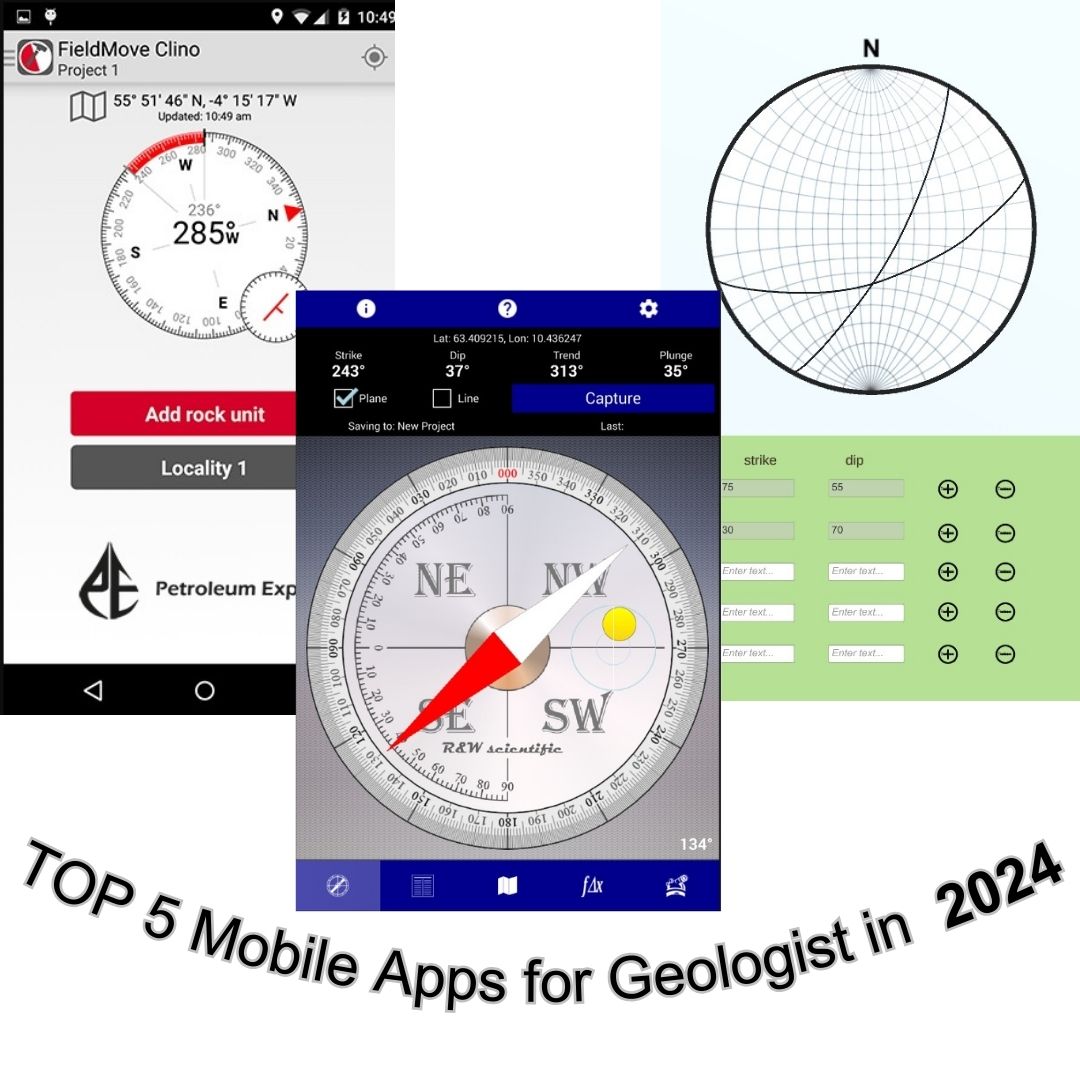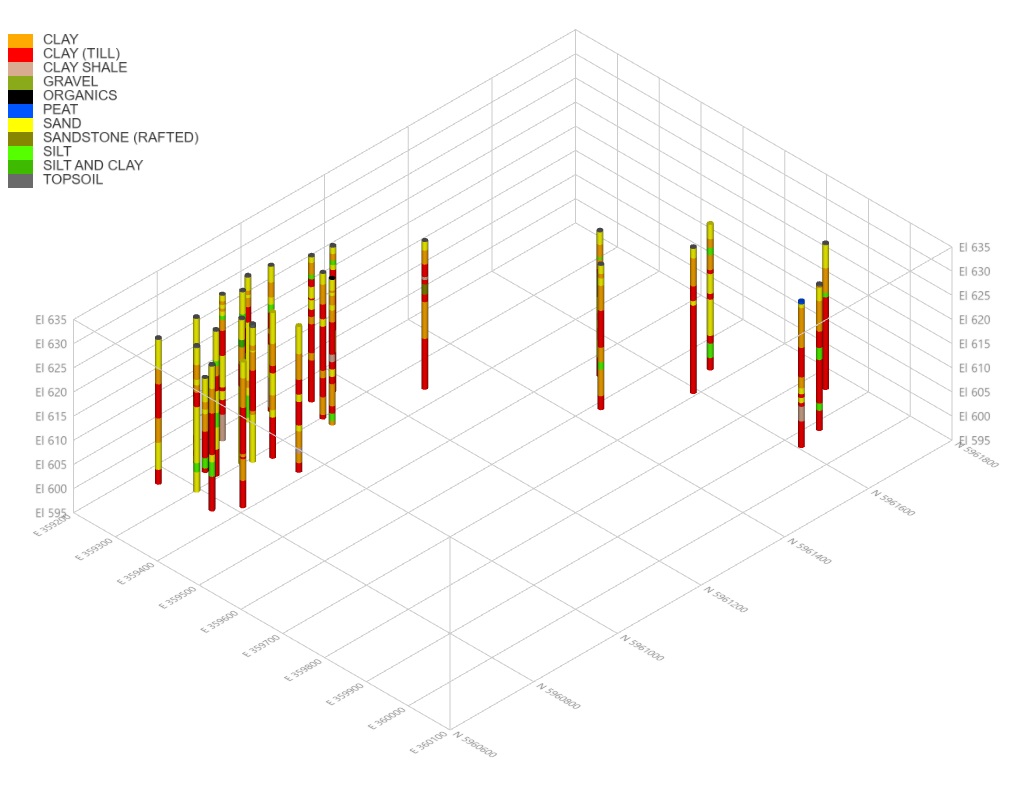How to use a geological compass?
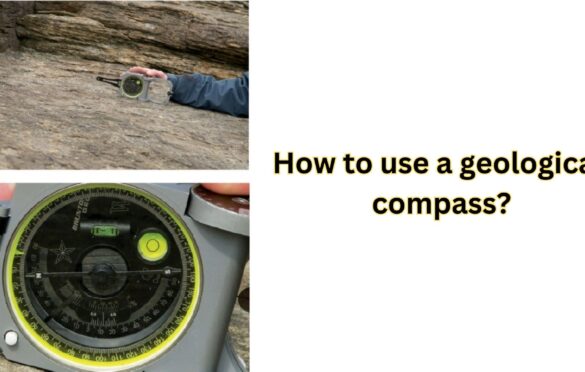
Introduction to Using a Geological Compass
The geological compass is an essential tool for geologists, enabling precise measurements of rock orientations, strike and dip angles, and aiding in the understanding of geological structures. Whether you’re a seasoned geologist or just starting your journey into the world of Earth sciences, learning how to use a geological compass is a fundamental skill.
In this guide, we will provide you with a comprehensive overview of how to effectively use a geological compass. So, let’s embark on this geological journey and discover how to harness the power of the geological compass for a deeper understanding of the Earth’s fascinating history and structure.
How to use a Brunton compass?
The most common type of measurement in geology is the orientation of a dipping plane: for instance a bedding plane, a cleavage plane or a fault plane.
The following three parameters need to be measured and recorded: (1) maximum angle at which the plane dips (dip magnitude) in degrees relative to the horizontal; (2) the orientation of the plane relative to north (strike, i.e. orientation of the horizontal line defi ned by the plane) in degrees; and (3) the general dip direction because from the strike alone the plane could be dipping in one of two directions at 180 ° to each other.
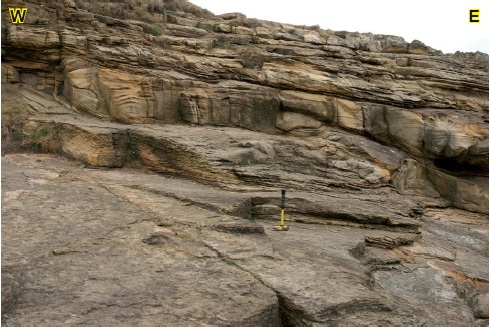
- General orientation
Determine the general direction of strike to within c. 20° by noting where the maximum dip lies; the strike is at 90° to this. In some cases it may be necessary to smooth out the variations on the surface by placing a notebook or clipboard on the bedding plane but take care to ensure that this is not biased by a small irregularity. Hammer shows the plane chosen in this case.
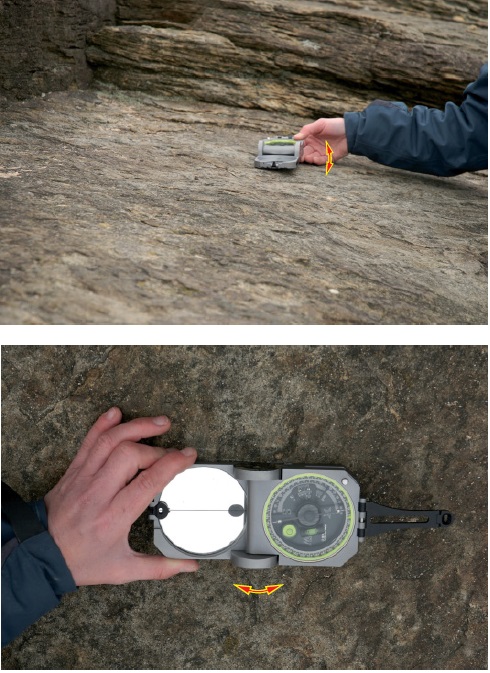
2. Strike direction
Place the long edge of the compass clinometer down where you roughly estimate the line of strike is. Using the round spirit level, position the compass exactly horizontal by both: (i) Tilting the compass about its short axis so it is horizontal (as shown by the red arrow);
(ii) Slightly pivoting the long edge of the compass in contact with the bedding plane about its central point (as shown by the red arrow) to obtain the exact line of strike within your 20° window.
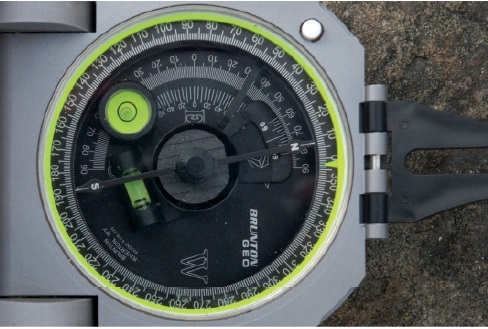
Take the reading of the strike from the dial.
In this case it is 008° or the other end of the line, 188°.

- Dip magnitude
Remembering exactly where the line of strike is, place the long edge of the compass-clinometer at 90° to this on the bedding plane. Ensure that the clinometer scale is on the side in contact with the rock. Move the clinometer arm until the bubble in the long spirit level indicates that it is level.
Read off the maximum dip. In this case it is 12°.
4. Dip direction
The last measurement is the direction of dip to the nearest cardinal point (e.g. NW or SE, E or W). In this case it is east.
5. Record
Record the orientation of the plane in your notebook; in this case 008/12E. Note that the strike is always recorded as a 3-digit number to avoid any confusion and that the degree symbols are not normally shown to prevent any confusion with zeros.
Read more on blog:
- 5 Best Geological Apps for iOS in 2023
- 5 Best Geological Apps for Android in 2023
- Discovering the Benefits of Free Geological Compass on Your Mobile Phone
- How to Construct a Geologic Cross Section: A Step-by-Step Guide
Guest author of the article: Mirza Djedović, B.Sc. geology


